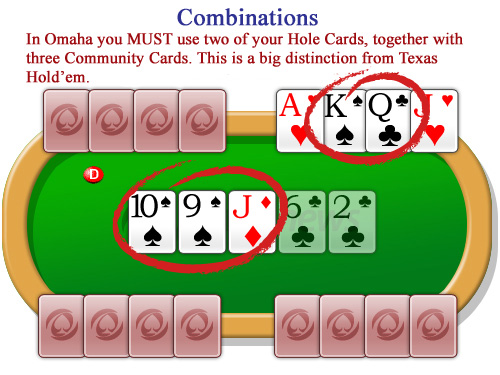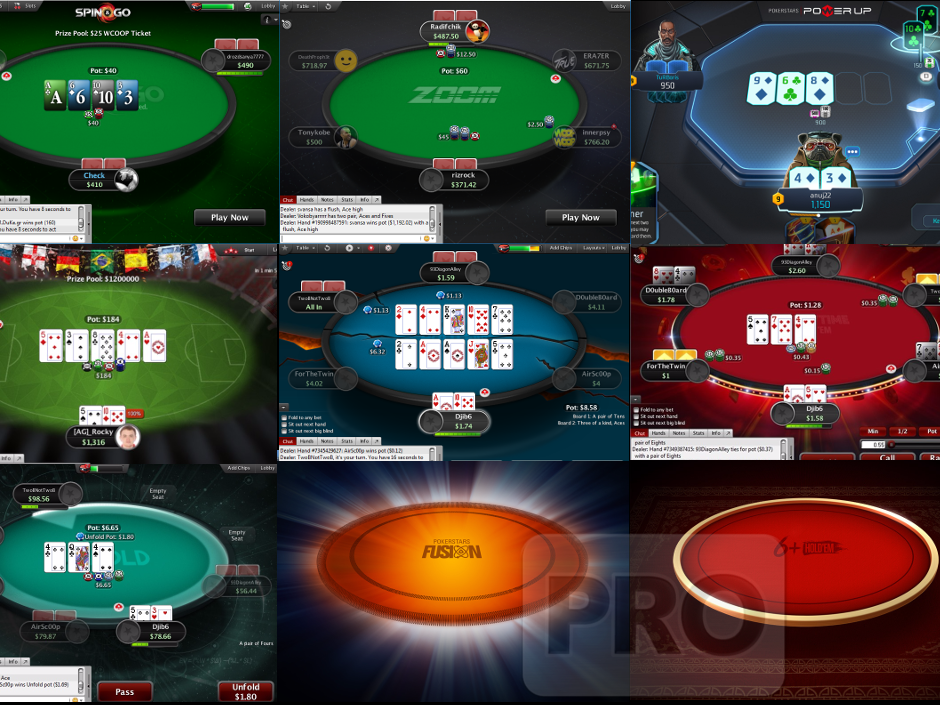Poker Split Pot Texas Holdem
If one player has a-2 and another has a-3 they will chop the pot a certain percentage of the time. Like a flop like k-k-7-5-8 it would be a split pot because they have the same hand. Whats a quick way to work out pot odds in a game of Texas Holdem Poker? Texas Holdem Pot Odds – What They are and How to Use Them to Win Big Money. In high-low games, the easiest split pot is when one player wins the high and the other wins the low. Here, you simply divide by two and each player collects their winnings. A player with the best high and the best low hand 'scoops' the whole thing. Everyone goes all-in before the flop. Because player 2 has less than the other players, a main pot will be formed that has $500 from each player. So, this main pot will contain $1500. This is the only portion of the pot that player 2 is eligible to win, because he can win no more than he risks from each of the other players.
When you’re facing a bet on the river in Texas Hold’em, the vast majority of the time you will be contemplating a call to win the entire pot.
In Texas Hold'em, the highest combination of five cards wins the pot. – A tie break is not possible as two players cannot have a Straight Flush which is ranked the same in Texas Hold’em Poker. – If the dealer deals a Straight Flush via the 5 community cards, then the pot is split amongst all players provided no player holds a Royal Flush (meaning the Straight Flush is the strongest hand on the table).
On the odd occasion however, you will be contemplating a call to split the pot. An example of this would be facing a bet on the river on a board of K K K 3 3 with a hand like AQo.
Annoyingly, you know that you can’t win the hand. The best outcome if you make the call is to share the pot with your opponent, rather than folding and definitely not winning anything.
So, how do you work out whether or not you should call to split the pot?
Firstly, let’s look at the math for calling to win a full pot.
Whether or not we make a call on the river depends on two things:
- The size of the bet in relation to the size of the pot.
- What we think our chances are of having the best hand.

We then compare the bet and pot size (giving us the pot odds) to our estimation of our chances of having the best hand to work out whether or not a call is profitable.
A quick example.

We are on the river and our opponent bets $5 in to a $10 pot. This means we have to call $5 to win a $15 pot.
Therefore, our pot odds are 3 to 1, or 25%. (see the poker odds conversion table for more on this)
This means that we need to think we have the best hand here at least 25% of the time (or 1 time in 4) to make the call profitable. Easy stuff.
But what if the best we can hope for when we call is to split the pot, instead of winning it entirely?
Math of calling to win a split pot.
If you can only hope to win half the pot, you simply half the total pot size when working out your pot odds. So using the same example above where our opponent bets $5 in to a $10 pot:
- Calling to win the full pot = $15 to $5 => 3 to 1 => 25%
- Calling to split the pot = $7.5 to $5 => 1.5 to 1 = 40%
This means that instead of needing to have the best hand at least 25% of the time, you now need to have to have the “best” hand 40% of the time to break even.

I say “best”, but we’re not going to have the “best” hand because it’s only going to be equally as good as our opponents if we are hoping for a split pot. To put it another way, we need to think we are making the correct decision at least 40% of the time.
So as a rule of thumb:
If you’re thinking of calling to split the pot, work out your pot odds using half the current pot size and go from there.
Converting the ratio odds in to a percentage is the tricky bit, but that will come with time and practice. You should ideally be familiar with the process of needing the best hand X% of the time (as mentioned at the start of the article) already anyway. This is merely a slight variant of that.
hoRatio is a handy downloadable program that converts ratio odds in to percentages and vice versa.
Example of the strategy behind calling to split the pot.
The game is $50NL.
Preflop.
Poker Texas Holdem Split Pot Regeln
We are dealt 3s 3c in the BB. Everyone folds to the button who raises to $1.25. The SB folds and well call with our pocket pair.
Flop: T Jh Qc ($2.75)
Our opponent checks and we check behind.
Turn: T J Q K ($2.75)
Our opponent checks and we check behind again.
River: T J Q K 9 ($2.75)
The 9 on the river puts a straight on the board.
Our opponent bets $2 in to the pot. Should we call to try and split the pot, or fold?
Working out the minimum % time we need to be correct.
We need to call $2 to win a $4.75. However, because we can only hope to spit the pot, we are actually calling $2 to win $2.375.
This gives us odds of roughly 1.2 to 1 (2.375 to 2 simplified), which is roughly 45%.

What are our chances of being correct?
We only lose if our opponent has an ace.
We believe that our opponent would have bet the turn for value with an ace a good 75% of the time. Therefore, because he didn’t bet the turn it means that there is a 75% chance that he does not have an ace and that we have hands of equal strength.
We only need to think we are correct 45% of the time, so because we believe we are splitting the pot around 75% of the time it makes it +EV to call.
If we fold we are making less money over the long run because we are missing out on the extra winnings from the times we are correct to make the call to split the pot.
Final thoughts on calling to split the pot.
There are two loose schools of thought that can lead you to make incorrect plays when faced with the decision to call to split the pot.
- “If splitting the pot is the best I can hope for, then I may as well fold and save my money.”
- “I’ve already invested so much money in this pot that I may as well call to try and get some of my money back.”
Try not to think about split pots so negatively or optimistically. Instead, use the math to work out how often you need to be correct for a call to be profitable.
All you need to do is simply half the size of the pot and work out the percentage odds from there.
- If you think your odds of splitting the pot are greater than the pot odds, call.
- If you don’t think your odds of splitting the pot are greater than the pot odds, fold.

Go back to the interesting Texas Hold'em Articles.
Can You Afford Not To Use
Poker Tracker 4?
Poker Split Pot Texas Holdem Tournaments
“I wouldn’t play another session of online poker without it”
“I play $25NL, and in under 1 week PT4 had paid for itself”
Comments